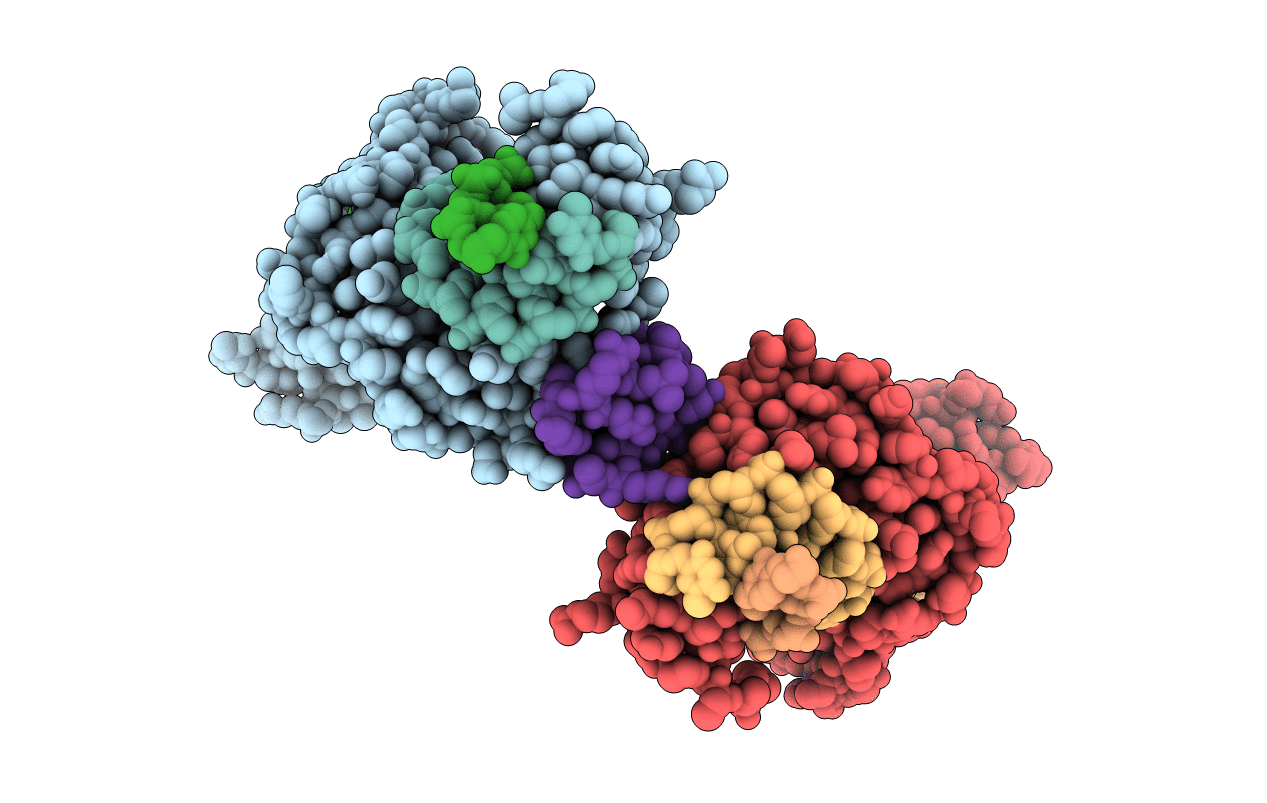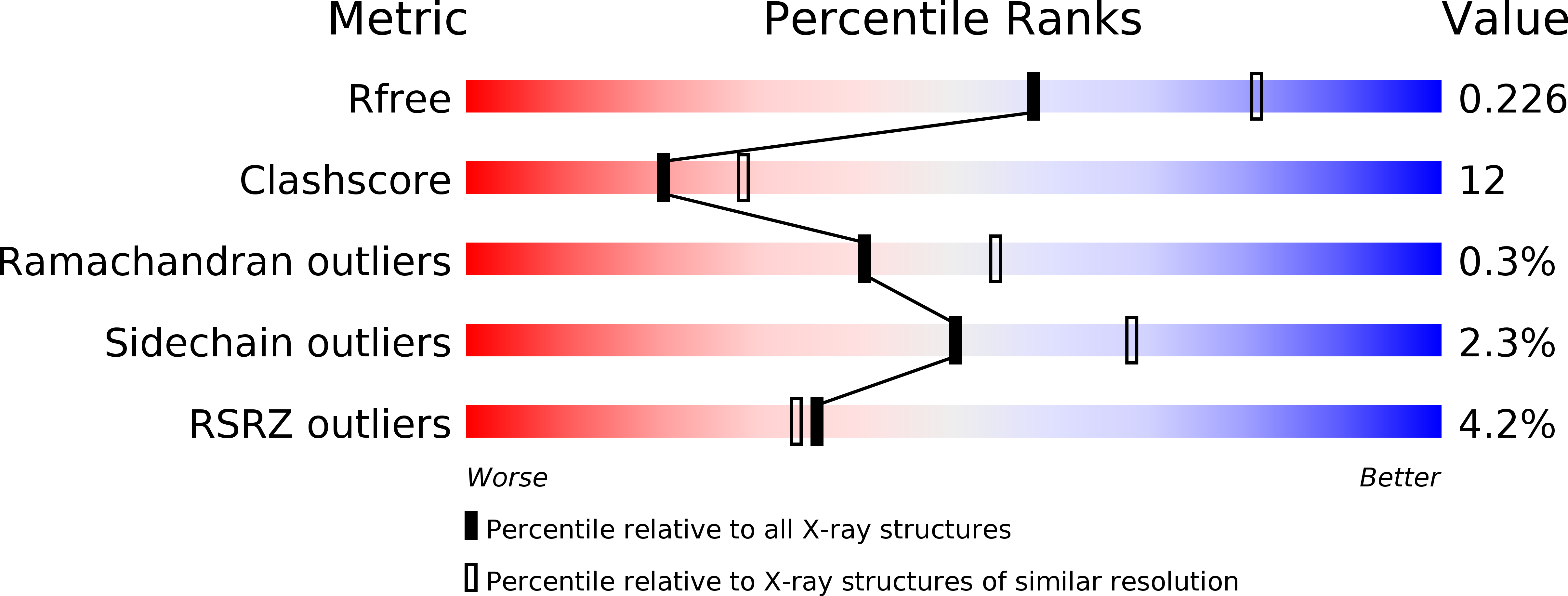
Deposition Date
2017-03-07
Release Date
2017-08-23
Last Version Date
2024-03-06
Method Details:
Experimental Method:
Resolution:
2.42 Å
R-Value Free:
0.22
R-Value Work:
0.17
R-Value Observed:
0.17
Space Group:
P 1 21 1


